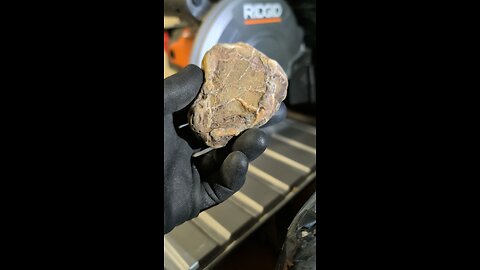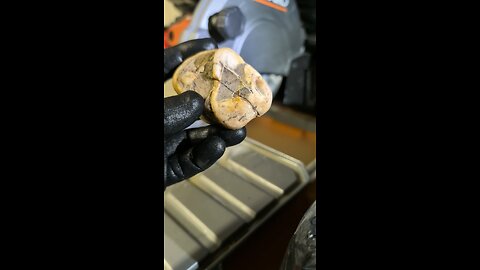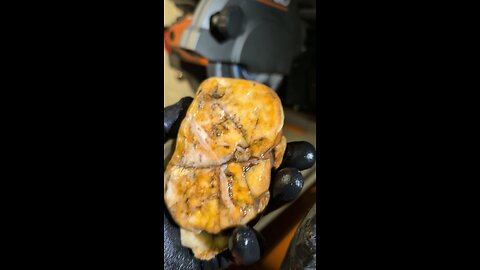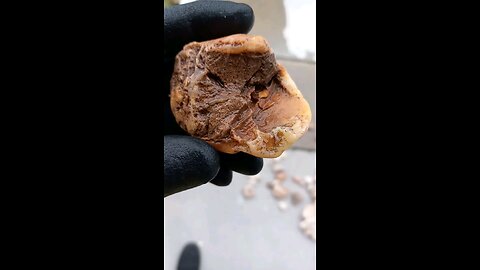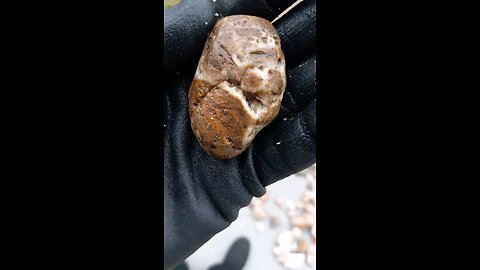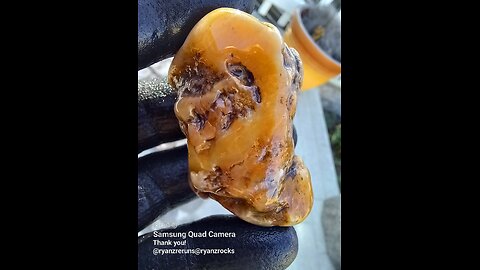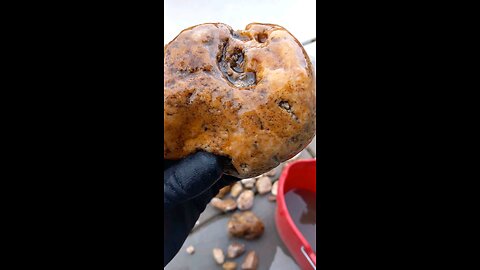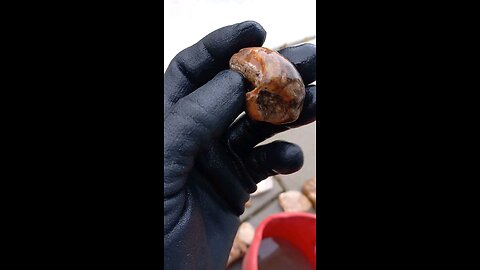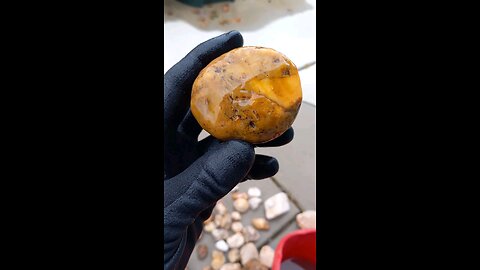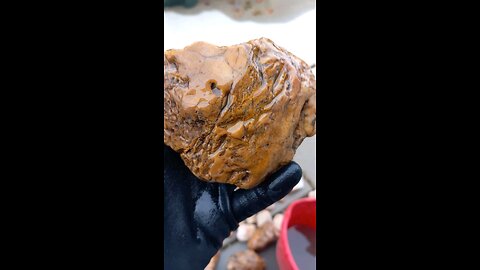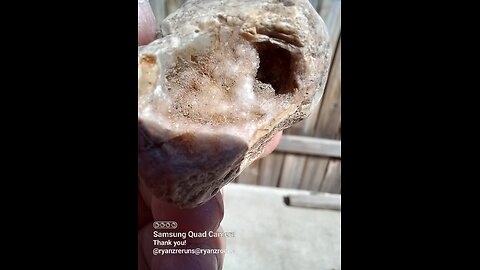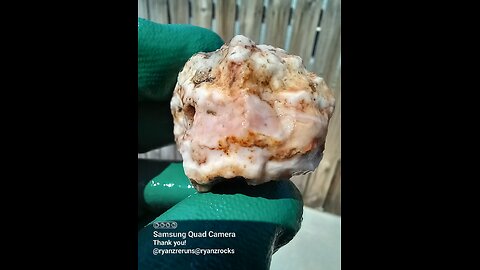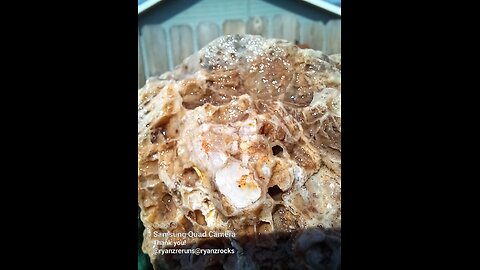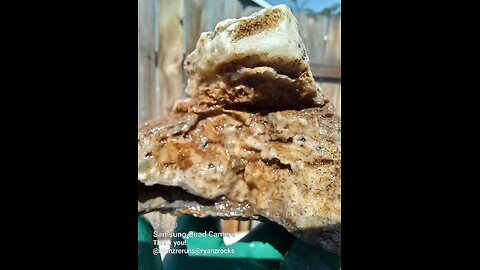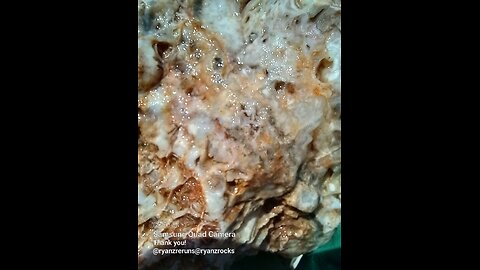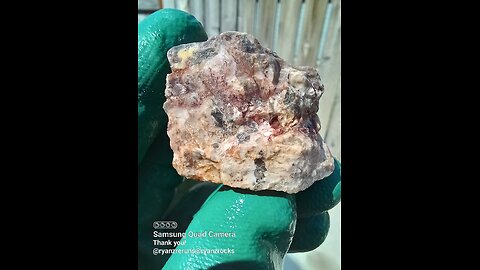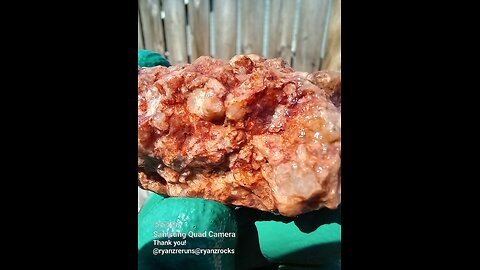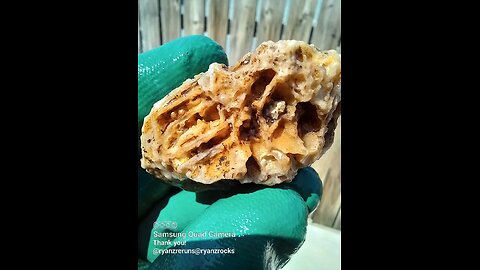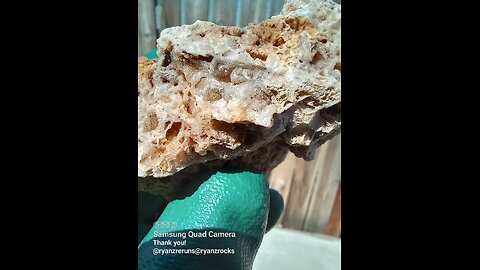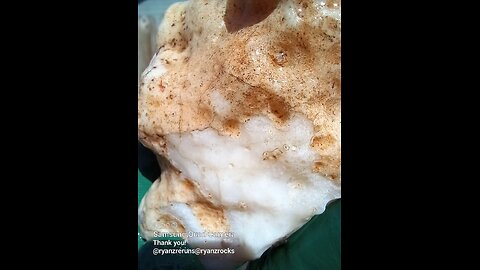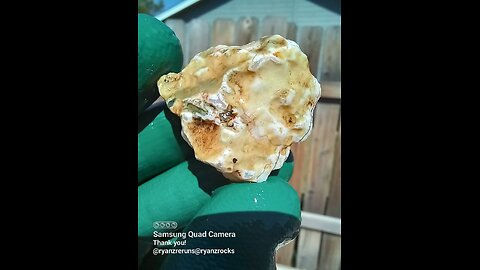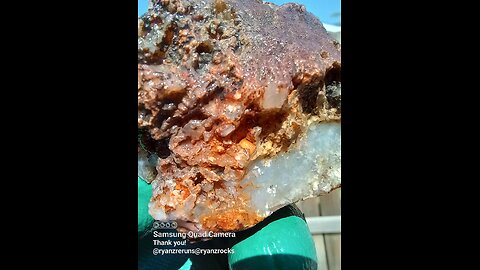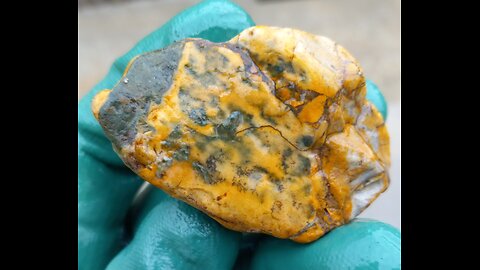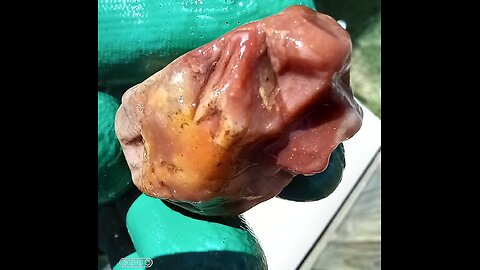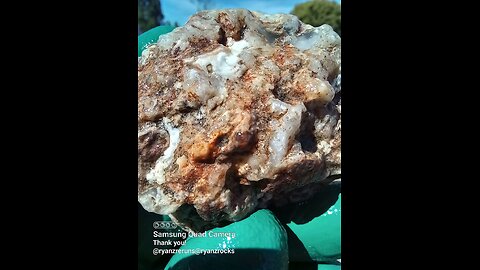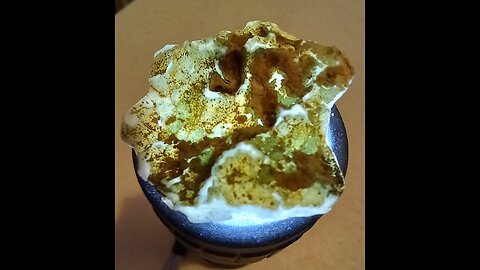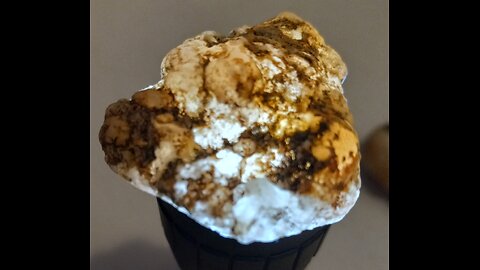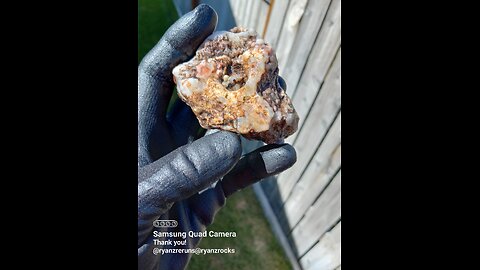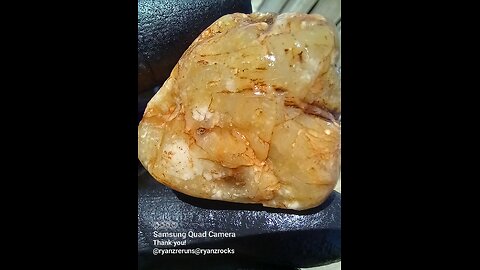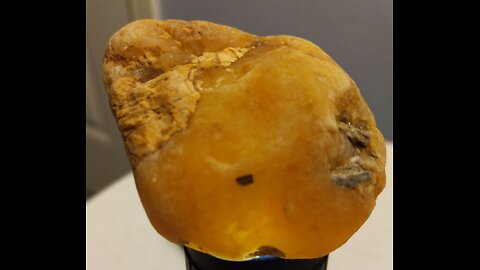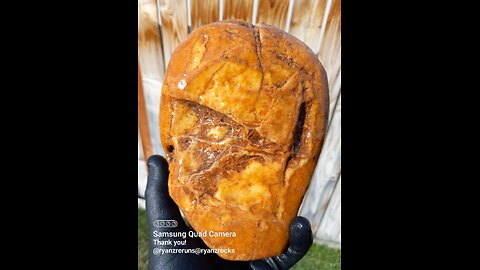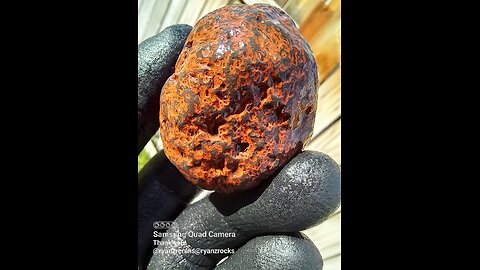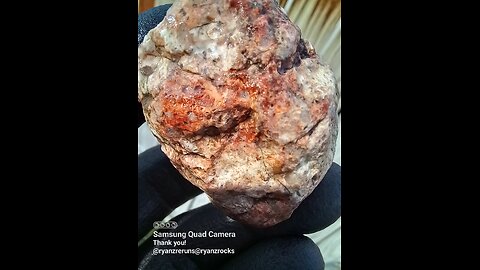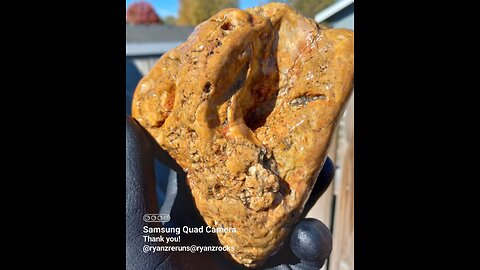Premium Only Content

Love the tiny green inside!
Bout' lost a finger on this one!
Big nodule cut!
Broken nodule!
Nodule with crystals!
Carmel Chalcedony Nugget!
Cool Nodule!
Now that's a big gash!
Some botryoidal goins' on!
One 4 cuttin'!
This one got a swirley!
Love the Green!
Spud!
Mish Mash of Agate!
Agate nodule!
Botryoidal chalcedony!
Got a little cave in it!
Smooth Shard!
Purdy Agate Nodule!
Glow Shard!
Nice Glow!
Did you catch the silver flakes?
Bright Orange Jasper Nodule!
Jasper Nodule?
Hot Mess!
Agate Nodule!
Agate Nodule!
Chalcedony Nodule!
Pretty Yellow Glow Nodule!
Big ol' nodule!
Nodule w/ reds!
Pretty red agates nodule!
Another nodule with reds!
Agate Nodule!
Broken nodule!
A nodule in geological terms refers to a small, irregularly rounded mass of a mineral or mineral aggregate that has a contrasting composition from the host rock in which it is found. Here are some characteristics and types of nodules:
Composition: Nodules can be composed of various minerals. Common examples include:
Concretions: Often made of minerals like calcium carbonate, iron oxide, or silica. They form by the precipitation of minerals around a nucleus (like a shell, bone, or other debris).
Chert Nodules: These are primarily made of microcrystalline quartz, silica, or opal, often found in limestone or chalk.
Manganese Nodules: Found on the ocean floor, these are rich in manganese and other metals like iron, nickel, copper, and cobalt.
Phosphorite Nodules: These contain high amounts of phosphate minerals, often found in marine sediments.
Formation:
Nodules generally form through diagenesis, the process where sediments are compacted and cemented into rock. The minerals precipitate out of solution around a nucleus, growing over time.
They can also form due to chemical reactions in the sediment or rock, often under conditions where there is a change in the chemistry of the surrounding environment.
Appearance: Nodules are typically hard, with a more or less spherical or elliptical shape, but they can be quite irregular. They often have a smooth surface and might be colored differently from the surrounding rock due to their different mineral composition.
Geological Context: Nodules can occur in various rock types, including sedimentary rocks like limestone, shale, and sandstone. They are particularly common in marine deposits where conditions are favorable for the precipitation of minerals.
When discussing nodules, it's important to specify the type because "nodule" is more a description of form and occurrence rather than a specific rock or mineral type. If you have a specific nodule in mind or find one, examining its composition and the context in which it's found will help in identifying what kind of nodule it is.
-
 1:01:13
1:01:13
Chad Prather
13 hours agoWhen God Delays: Trusting Jesus in the Waiting Room of Life
50.3K27 -
 LIVE
LIVE
LFA TV
12 hours agoLIVE & BREAKING NEWS! | FRIDAY 10/3/25
2,587 watching -
 1:57:11
1:57:11
The Chris Salcedo Show
13 hours ago $5.38 earnedDems Have Always Been For Giving Your Money To Illegals
35.6K3 -
 14:41
14:41
IsaacButterfield
1 day ago $5.24 earnedFree Speech Is DEAD In Australia!!
54.3K32 -
 59:59
59:59
SGT Report
13 hours agoIT'S ALL THEATER -- Seth Holehouse
44.8K53 -
 2:00:59
2:00:59
BEK TV
1 day agoTrent Loos in the Morning - 10/03/2025
32.6K -
 4:00:45
4:00:45
The Bubba Army
1 day agoDiddy BEGS for Mercy in Judge Letter - Bubba the Love Sponge® Show | 10/03/25
50.8K2 -
 5:03:53
5:03:53
ZENNY
5 hours agoBO7 IS HERE BOT POV MF HAHAHAHA 6v6 PG18+ | UNFILTERED CHAT | CURSES AND BAD
33K -
 15:17
15:17
Actual Justice Warrior
2 days agoBLM Leader CONVICTED Of Fraud
39.9K50 -
 13:19
13:19
Zoufry
2 days agoThe Grandpa Gang Who Robbed a Bang For $16 Million
33.2K5
